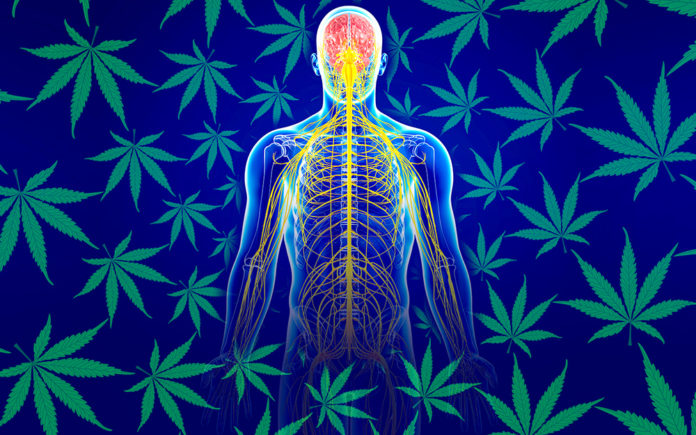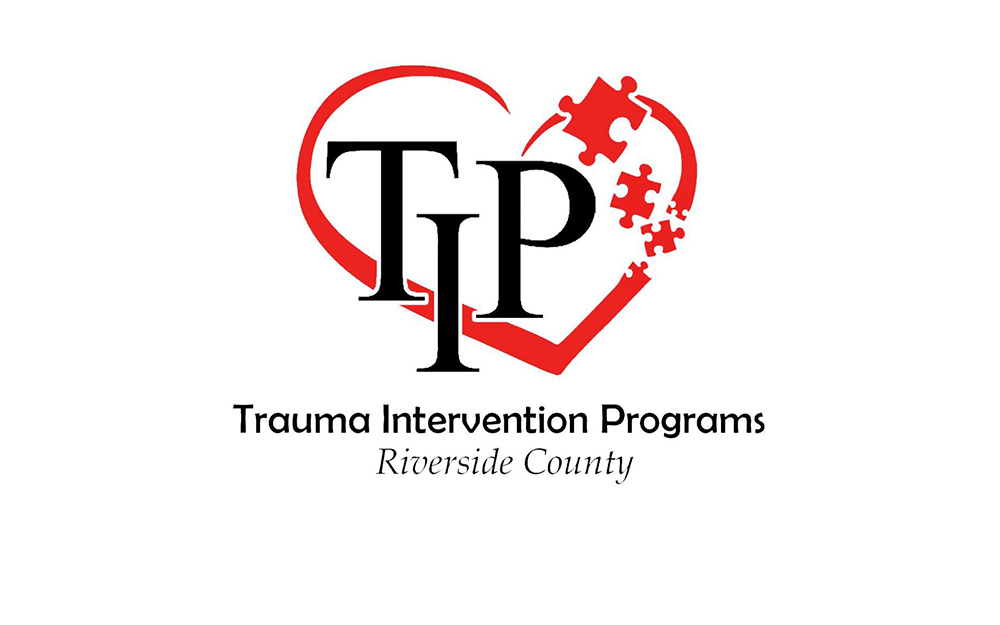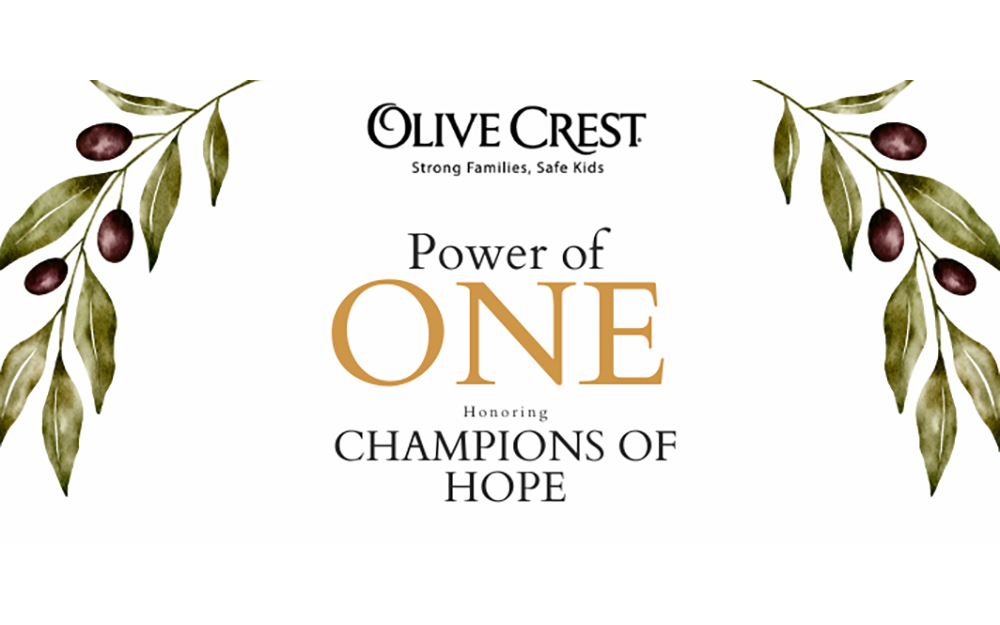
By Michelle Ann Rizzio
Why does cannabis work synergistically with our human body? The endocannabinoid system within our bodies regulates endocannabinoids within our entire body. The system exists within our endocrine system which regulates hormonal release that influences almost every cell, organ, and function of our bodies. It influences and controls our mood, growth, development, the way our organs work, metabolism, and even reproduction.
The endocannabinoid specifically refers to a collection of cell receptors and corresponding molecules. There are two primary cell receptors which make up the endocannabinoid system, the cannabinoid receptor 1 (cb1) and cannabinoid receptor 2 (cb2). Endocannabinoids are created by the body. Cannabinoid receptors are found throughout the entire body and have a wide range of functions. CB1 receptors are abundant within the central nervous system and CB2 receptors are more often found on immune cells, the gastrointestinal tract, and in the peripheral nervous system. Diversity of receptor locations show how important endocannabinoids are to our day-to-day bodily function. Endocannabinoids are chemical messengers that alert the body to get these processes moving and when to stop. Endocannabinoids maintain homeostasis, although when disrupted many things can fall out of balance. Dysregulation can contribute to wide varieties of conditions such as autoimmune issues and skin issues.
Within the human body, endocannabinoids are created with fatty acids. Omega-3 fatty acids are required to keep the system healthy. Hemp seeds can provide these sources of omega-3’s which can assist in keeping the endocannabinoid system together. Cannabis provides phytocannabinoids which can assist in regulation of the endocannabinoid system. As cannabis science is becoming legal as countries legalize the plant we can look forward to receiving more concrete information about just how aligned cannabis and the human body could possibly be. CBD along with THC stimulate the endocannabinoid system. THC binds with cannabinoid receptors directly whereas CBD does not. THC mimics the body’s own endocannabinoids, whereas CBD increases the bioavailability of endocannabinoids in your body. Because of CBD’s influence on the body it can be used by many cells thus creating a relaxed and eased experience for the user. Available in smokeables, oils, tinctures, edibles, and even bath bombs CBD can shift the users overall sense of wellness without any psychoactivity due to the way it interacts with our endocannabinoid system.
The system is so aligned with cannabis that it was actually named after the plant! When using cannabis, the THC and CBD align to assist with the therapeutic advantages users experience. It’s truly an all across the board experience, filling in the blanks where the endocannabinoid system may be disrupted within you from a host of different environmental and genetic causes. The synergy of all cannabinoids, along with terpenoids and flavonoids (to be discussed in a future article), encourages us as users and investigators of this plant to remember that isolation of the cannabinoids and full spectrum use of the cannabinoids may be effective for therapeutic treatment. We must not focus our future research into one aspect of the spectrum without honoring and acknowledging the full spectrum.










































